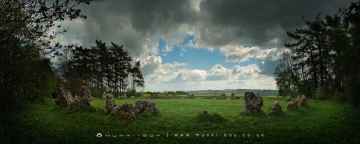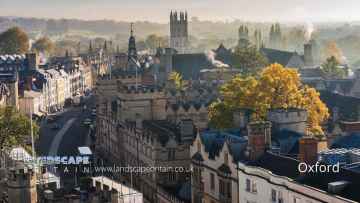Carterton
Carterton is a Town in the county of Oxfordshire.
There are great places to visit near Carterton including some great ancient sites, cities, shopping centres, towns and historic buildings.
There are a number of ancient sites near Carterton including The Rollright Stones, The King Stone, The Whispering Knights, and The Kings Men.
The area close to Carterton boasts some of the best cities including Oxford.
The area close to Carterton boasts some of the best shopping centres including Westgate Oxford.
Carterton is near some unmissable towns like Banbury,
Carterton is near some unmissable historic buildings like Upton House,
Carterton History
There are some historic monuments around Carterton:
Places to see near Carterton
History of Carterton
The pattern of the present settlement dates from 1894 when part of the estate was sold to Homesteads Limited whose director was William Carter. The land was divided into plots of 6 acres and sold for £20 an acre with bungalows costing from £120. Many of the settlers were retired soldiers and people moving from the towns. Carterton soon made its name in the market gardening world. Black grapes from Frenchester Nurseries and the famous Carterton tomatoes were sold at Covent Garden Market. Carterton, which by the late 20th century was one of the largest towns in Oxfordshire, was founded soon after 1900 as a colony of smallholders, on agricultural land in the northern part of Black Bourton parish. The founder was William Carter of Branksome (Dorset), a speculator who, through his company Homesteads Ltd of London, bought estates in several counties, in order to establish smallholdings and attract people back to the land. In Oxfordshire he acquired from W. C. Arkell, in 1900, the 740-a. Rock farm north of Black Bourton village, part of an estate sold by the duke of Marlborough in 1894. By late 1902 there were 16 houses, and the following year the new settlement, already called Carterton, was included in a local trades directory. Carterton’s later growth was closely related to the expansion of Brize Norton airbase, and profoundly altered the settlement’s character. A small group of substantial two-storey houses for RAF personnel, called Brizewood, was built east of Swinbrook Road about 1938, and in the 1950s was expanded with uniform bungalows for American servicemen. By 1953 Carterton was a “busy and expanding village”, and its rapid population increase was creating severe housing problems: in 1962 the plight of significant numbers of caravan dwellers prompted an article in the Lancet, though many residents took exception to the town’s portrayal, and denied that the picture was typical. By then there were claimed to be more civilians than servicemen living in mobile homes, some of them single women, and the “shack-like houses of the early settlers”, their “meagre appearance eloquen” elsewhere on the “busy village main street”. A few scattered “Robin” hangars, hastily built during the Second World War to allow aircraft to be housed away from the airfield itself, were converted to other uses during the same period, one on Alvescot Road surviving in the early 21st century as part of a motor repair garage.














